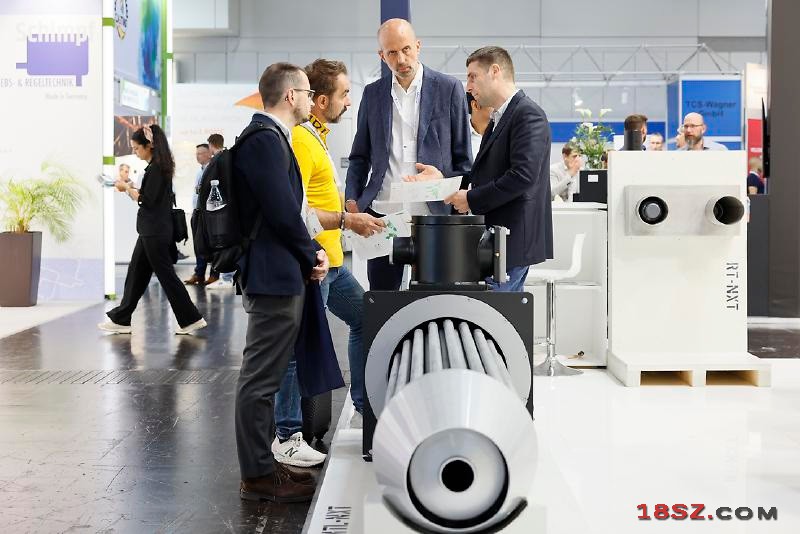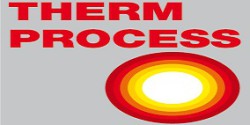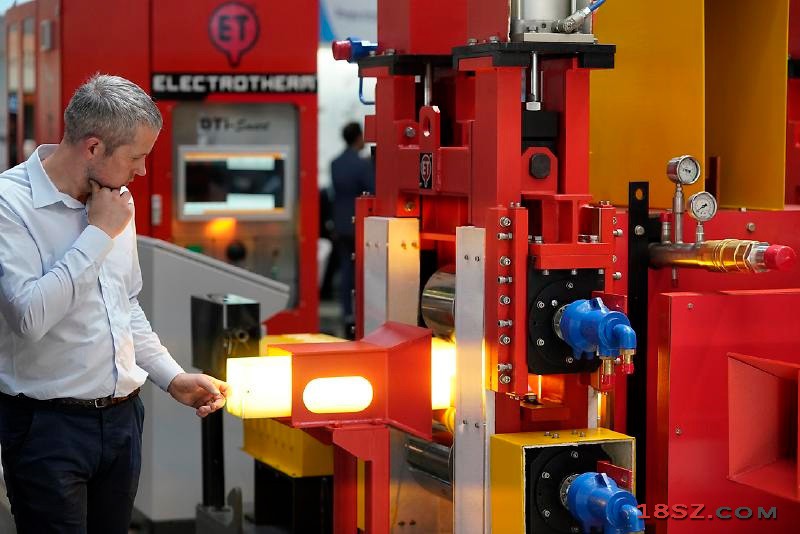
德国杜塞尔多夫国际工业炉与热处理技术贸易博览会和研讨会(THERMPROCESS)是国际上领先的工业炉与热处理技术贸易博览会与研讨会,四年一届,在杜塞尔多夫国际展览中心举行。THERMPROCESS是世界上最重要的平台,用于展示工业热处理厂的高度创新技术和环保概念。THERMPROCESS是一个卓越业务的平台,也是面向未来创新的基准。
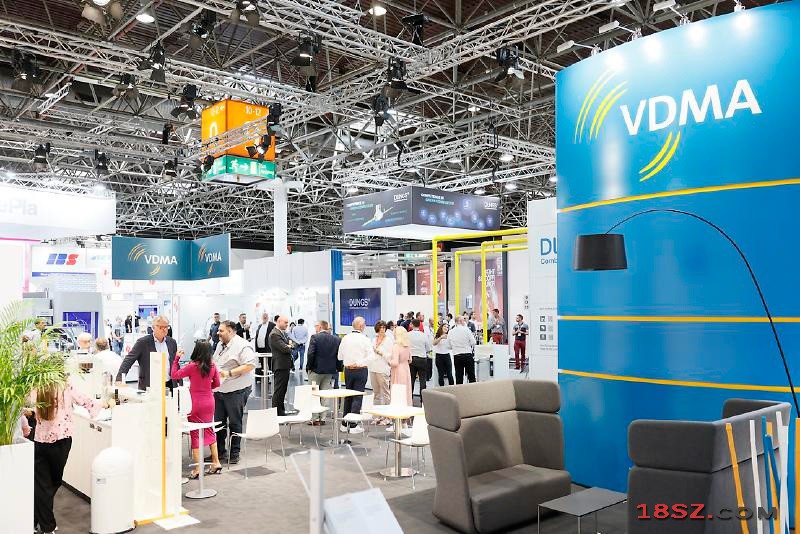
THERMPROCESS展涉及:工业炉,工业热处理厂和热工艺为:贵重金属,矿石,铁氧体,玻璃,搪瓷,硬金属,陶瓷,有色金属;金属,钢铁,有害物质;工业炉设备特殊用途:冷却,实验室设备,净化,淬火设备,换热设备,烟囱技术;元件,设备和其他用品:配件,加热,处理和传输技术,气体的产生(惰性和反应气体,包括再生)等。
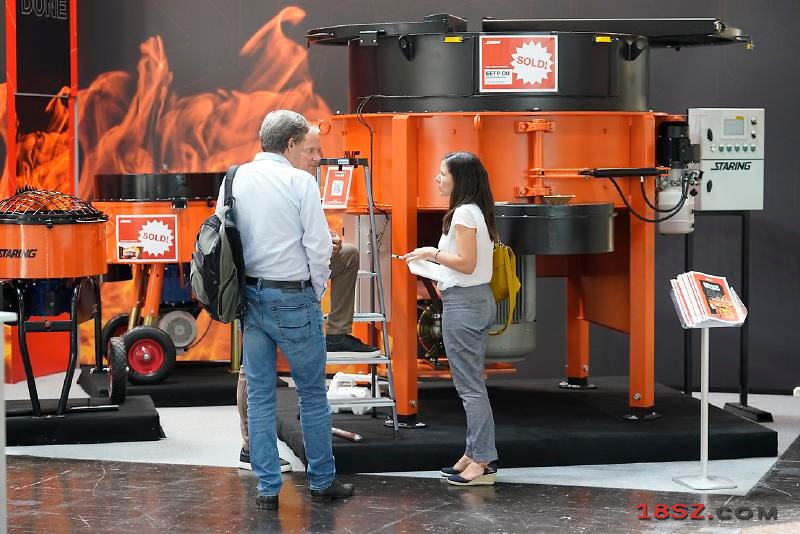
THERMPROCESS展的观众范围:炉建筑行业,钢铁及有色金属行业,机械工程行业,晶圆代工厂,耐火材料制造商,隔热产品制造商,化工,贸易和商业,服务。
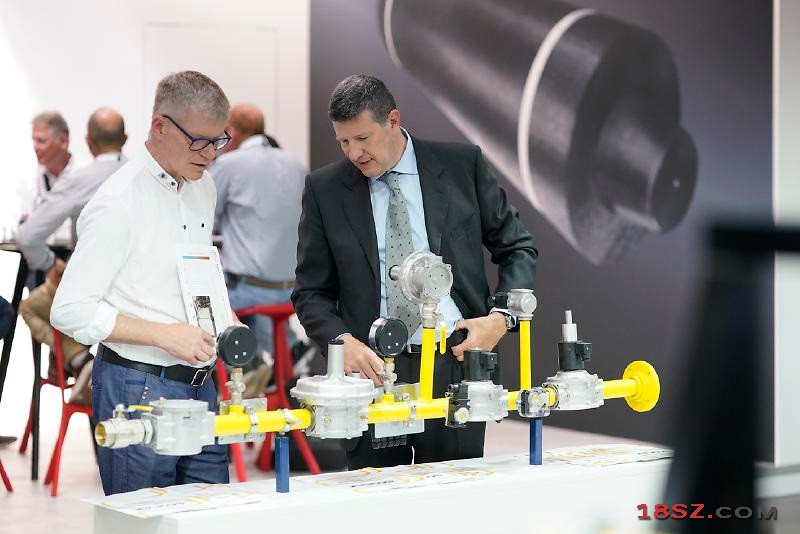
德国国际工业炉与热处理展览会是德国唯一的关于工业炉和热处理的展览会,也是欧洲最重要的工业熔炉展。该展是“辉煌世界金属展”:德国国际铸造展GIFA,德国国际工业炉与热处理展THERMPROCESS,德国国际冶金技术展METEC,德国国际精密铸件展NEWCAT的“四重奏”之一。他们共占据杜塞尔多夫展览中心从4号馆到17号馆,展览面积超过18万平米。参展企业达2400多家参展,观众达10万人以上参观与洽谈。
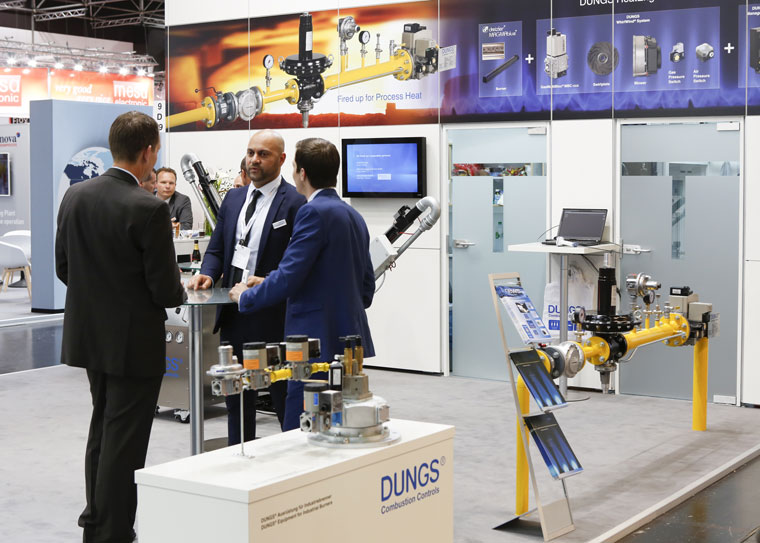
展品范围(Show Products):
1、工业炉窑、工业热处理厂和热工过程:贵重金属,矿石,铁氧体,玻璃,搪瓷,硬件;
2、金属,陶瓷,有色金属,钢铁,有害物质;
3、专用设备:冷却,实验室设备,净化,淬火设备,传热设备,烟囱技术;
4、元件,设备和其他用品:配件,暖气,处理和传输技术,燃气发电(惰性气体和反应,再生含税);
5、职业安全和工程;
6、咨询,设计,服务和工程;
7、行业协会,专业出版社和杂志;
8、培训和教育。
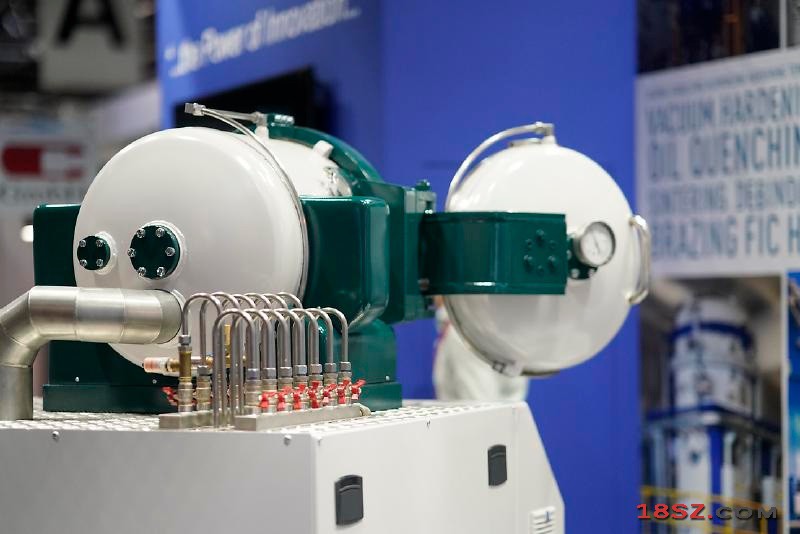
展会报告(Show Reports):
The lead topic of Bright World of metals, held with great success from 12 to 16 June 2023 in Düsseldorf, was the transformation of the metal industry to become climate neutral. The exhibiting companies and the conferences of experts focused on technologies and solutions for decarbonisation, sustainability, energy and resource efficiency, all in the sense of circular economy across all steps of the added value chain, following a cradle-to-cradle approach. With the ecometals initiative, Messe Düsseldorf has already called attention to this development years ago. This was reflected in the wide range of offers by exhibitors at the booths of the four leading trade fairs GIFA, METEC, THERMPROCESS and NEWCAST. A total of 63,262 international visitors followed the invitation to the trade fair premises at Düsseldorf. about two thirds of visitors came from abroad and about one third from outside Europe.
Technological pathways producing climate neutral steel along with the necessary technologies were presented at METEC by the big metallurgical system engineers Primetals, Tenova and SMS group. The goal of the steel companies is to decarbonise production across all process steps. For good reason, though, the priority is on decarbonising the pre-process stage, the production of pig iron. Pig iron is still mostly produced in coal-fired blast furnaces, which makes it responsible for about 85 percent of all carbon emissions across the entire steel production process within a conventional blast furnace to converter route.
Reducing carbon emissions or evencarbon neutrality can be achieved, following two approaches: By either avoiding carbon dioxide (Carbon Direct Avoidance, CDA), or by capturing and then either storing carbon dioxide (Carbon Capture and Storage) or putting it to use (Carbon Capture and Utilization, CCU). Both METEC as well as GIFA focused on both process routes, avoiding and capturing carbon dioxides.
The presence of new opportunities that come with decarbonisation was illustrated by the projects of new steel companies. Until a few years ago, building new steel mills in Europe was seen as unthinkable with regard to global overcapacities. In times of climate change, this is no longer the case. Above all, the large vehicle manufacturers and their suppliers are already securing contingents of carbon-reduced or future climate neutral “green steel” for themselves. The first climate neutral steel mill H2 Green Steel, which is currently under construction in the north of Sweden, aims to be one of the new role models. A flagship project, which the metallurgical system engineer SMS group can count as its own.
At METEC, competitor Primetals announced a counterpart in the south. Together with the Spanish company Hydnum Steel, Primetals announced the construction of a climate neutral steel mill in Puertollano in Castile. Hydnum Steel wants to use renewable energy and locally produced green hydrogen to become one of the most important production sites for green Steel in Europe. The plant is conceived as a mini-mill with a direct reduction plant for the production of firm sponge iron based on natural gas, later hydrogen, and electric steel using renewable energy. Further processing takes places in an Arvedi ESP endless strip production casting and rolling plant and a cold rolling complex. Initial plans involve the production of 1.5 million tonnes of hot rolled strip per year, including high-strength flat steel qualities for the automotive industry. Until 2030, the capacity can be increased up to 2.6 million tonnes of hot and cold rolled flat steels.
Established steel producers from ArcelorMittal to voestalpine, have also taken steps towards climate neutrality. Strategies differ, as is seen in the examples of Thyssenkrupp Steel and Salzgitter: Salzgitter is converting from the traditional blast furnace to converter route, to electric steel production. The goal is to use green hydrogen and direct reduction according to the energiron process developed by Italian plant engineers Tenova and Danieli to produce firm sponge iron (direct reduced iron, DRI), which is then liquefied again together with added scrap metals, using an electric arc which still needs to be constructed by Primetals. Thyssenkrupp intends to decarbonise the production of pig iron while maintaining steel production by means of the oxygen converter process (basic oxygen steel mill).
SMS is building a DRI plant at their site in Duisburg, according to the Midrex procedure. The still hot DRI is then liquefied in a melting furnace and transferred to the basic oxygen steel mill for further processing – this way, the recipes for producing steel remain unchanged and Thyssenkrupp Steel can keep its “steel cookbook” containing approx. 2,000 different types of steel.
The SMS group in Düsseldorf focused on ways to achieve a sustainable and future-orientated metallurgical industry. Decarbonisation technologies both for existing plants (brownfield) and for the construction of new plants (greenfield) were a focal point. Further topics that fit the motto of the company “Turning metals Green" were circular economy and integrated life-cycle management, for example recycling batteries and electronic scrap.
Burkhard Dahmen, CEO of the SMS group until 30 September 2023, made it clear that there cannot be a “one size fits all” strategy for the transformation of the international steel industry. In his words, individual steel industry sites are too different, the local and geographic conditions differ too much, for example with regard to the quality of iron ore, the availability of green electricity and hydrogen, as well as the respective political legislation and framework conditions and the self-set sustainability goals of individual steel companies. “Protecting the climate and running a profitable business must go hand-in-hand if we are to see any significant progress”, says Dahmen. The portfolio for decarbonisation presented at METEC ranges from upgrading a blast furnace to a low-carbon “blue” blast furnace using syngas, to decarbonising integrated smelting works by adapting pig iron production to move from coal-fired blast furnaces towards direct reduction and smelters, to the construction of climate neutral steel works with direct reduction using green hydrogen in combination with steel production that utilises renewable energy for electric arc furnaces. Electrification of blast furnaces is of key importance for decarbonising existing plants. With the Easymelt (electric-Assisted Syngas smelter) technology presented at METEC by SMS, carbon emissions can be reduced by more than 50 percent compared to the basic operation of the blast furnace, and the technology can be implemented in existing integrated steel mills. The Easymelt concept will be implemented for the first time in a blast furnace belonging to Tata Steel in Jamshedpur in India.
With its “Green Steel” portfolio, Primetals was also represented at METEC with decarbonisation technologies. The international plant engineer with headquarters in London is a licensee of Midrex direct reduction technology, just like SMS. Primetals carries out projects for climate friendly production of pig iron for voestalpine in Austria, for example. For the two announced GravitHy projects in France and Finland, Primetals is building new “hydrogen ready” direct reduction plants which will first be operated using natural gas, and as soon as it becomes available, using hydrogen from renewable energies.
Working together with Primetals, the steel producer ArcelorMittal at its Belgian site in Gent is taking an alternative approach to decarbonising the blast furnace route by capturing and utilising CO2. The project Steelanol uses a CCU plant for carbon capturing and utilisation to turn blast furnace emissions into ethanol which can be used to produce sustainable fuel and other goods. The plant started operating in May and was constructed by Primetals in cooperation with US American technology partner LanzaTech, a leading company in the sector of CCU technologies. The first ethanol produced in Gent was presented by LanzaTech and Primetals at a joint event at METEC. As soon as the Steelanol plant is fully operational, it should be able to save 125,000 tonnes of carbon emissions each year and produce 80 million litres of ethanol. “The goal of the steel sector, to reach zero net production until 2050, depends on the development of revolutionary CCU technologies”, says Dr. Alexander Fleischanderl, head of the “Green Steel” task force at Primetals. Even steel mills which convert from more carbon intensive production methods to new production methods, with the help of the LanzaTech technology could utilise a wide range of gas flows without the need for any significant change of the plants. This flexibility is said to be extremely interesting for the future of the industry.
Competitor Tenova has also gained a top position with regard to transforming the steel industry, through its work on Energiron Direct Reduction In Düsseldorf, the Italian plant engineer presented a broad portfolio of technologies. The solutions offered by the Italians range up to complete replacement of the blast furnace to converter route with hydrogen-based direct reduction and electric arc furnaces. With the energiron technology, carbon emissions during DRI production can be reduced step by step from using natural gas to partial or complete use of hydrogen. As manufacturers of electric arc furnaces, the Italians can point to more than 2,000 references worldwide and advertise the most productive DRI-fed electric arc furnace in the world.
A second path towards decarbonisation for integrated steel mills is presented by the plant engineer’s iBlue Technology. This involves the replacement of a blast furnace by direct reduction in combination with an open slag bath furnace (OSBF) to produce liquid pig iron and slag, comparable to the smelting furnaces of competitor SMS. The liquefied sponge iron from the DRI plant is further processed into steel as liquid pig iron in a base oxygen steel mill. The OSBF is, in principle, a submerged arc furnace (SAF), a sub-type of electric arc furnace, which is for example used to produce ferrous alloys.
Sustainability and decarbonisation also determine development at the Austrian plant engineering company Andritz. With a novel electric furnace concept, the business division Andritz metals is demonstrating how to save energy and reduce emissions in the steel industry. For voestalpine Wire Rod Austria, the Austrian plant engineer has developed and constructed an electrically heated chambered furnace. With a usable volume of 100 cubic meters, dozens of steel rods, each with a length of 18 meters, can be heated up to 1,200 C at the same time and cooled down again in one and the same chamber. The aggregate uses 100% electric heating and consumes up to 25% less process energy compared to a classic hood-type furnace with a conventional natural gas burner, and generates no direct carbon emissions on-site.
Another step towards decarbonisation of the metalworking industry, according to Andritz is its “Green Steel Galvanizing Line” approach. The concept of a Green Steel Galvanizing Line consists of replacing fossil fuels by a combination of highly efficient electric jet pipes and hydrogen burners.
Innovative burner technologies at THERMPROCESS
That green electricity is a decisive, but not the only solution for decarbonisation, was a topic especially at THERMPROCESS. Thermal process technology for the steel and aluminium industry is, for example, a core competence of Schlager Industrieofentechnik. What innovative burner technology is capable of, can be seen in the Schlager pilot project for the Bilstein Group at the Hagen-Hohenlimburg site, with the world’s first local carbon neutral heat treatment of approximately 100 tonnes of cold rolled steel.
In cooperation with Schlager, Bilstein has refitted an entire heating hood consisting of eleven burners with a heating power of 1800 kW to utilise hydrogen instead of natural gas, without any loss of performance. The burner technology received a decisive boost to development due to 3D-printing from Kueppers Solutions, a leading manufacturer of industrial burners, who made the concept market-ready. The innovative and award-winning Dual-Fuel Burner “iRecu” was one of many highlights at Bright World of metals, and has in the meantime been nominated for the German future award Deutscher Zukunftspreis 2023.
World’s leading trade fair quartet in Düsseldorf again in 2027
